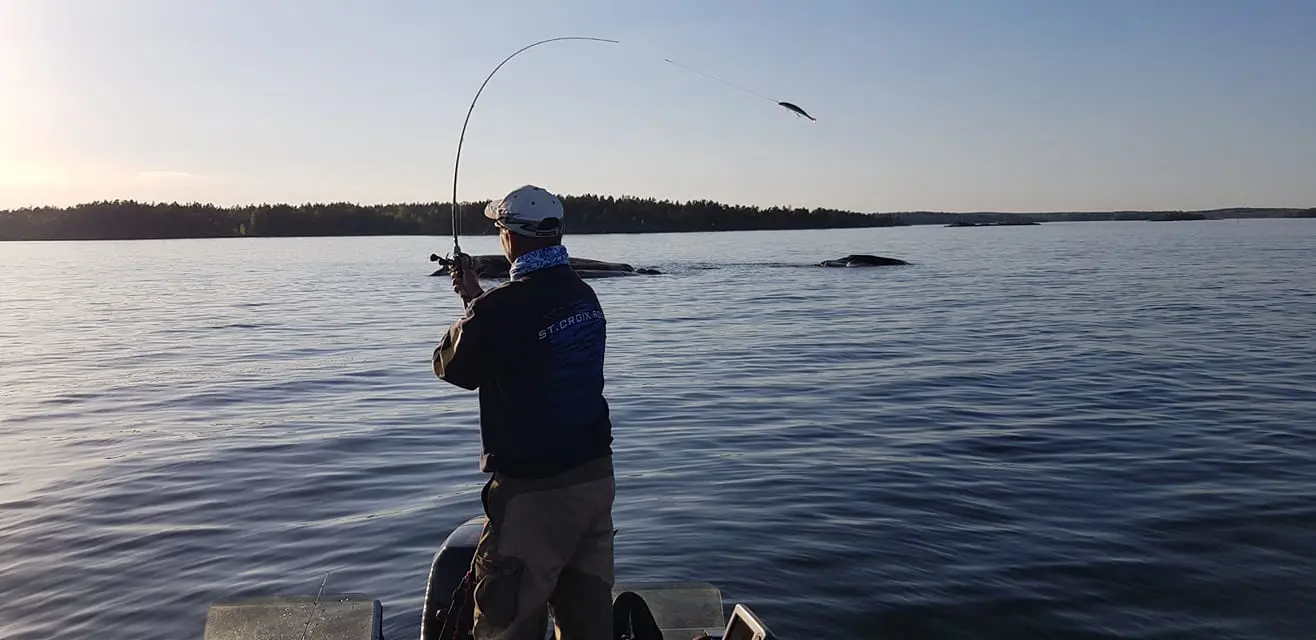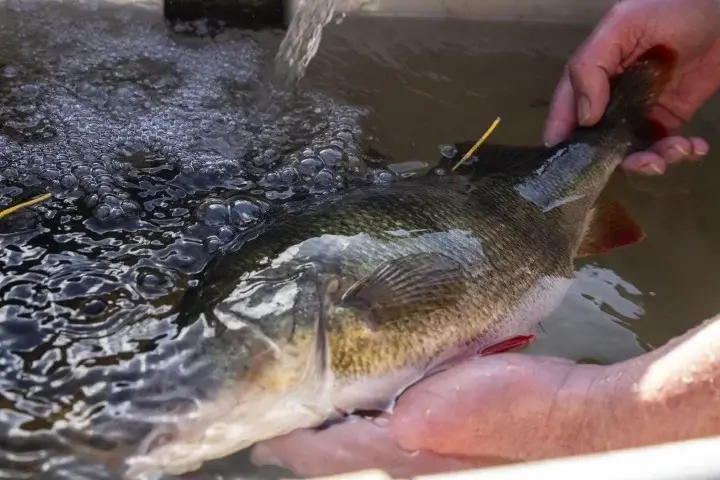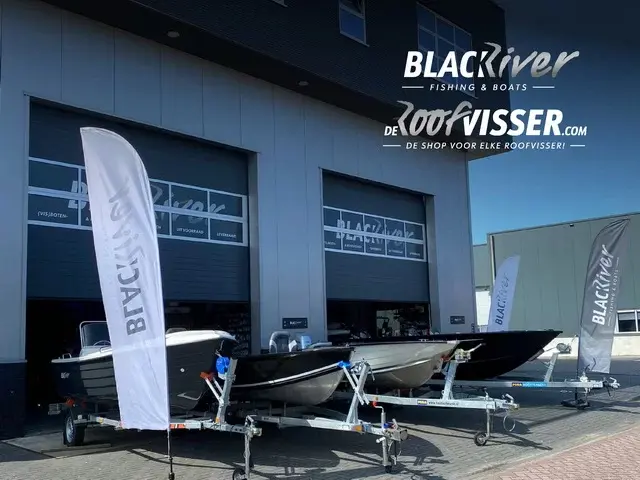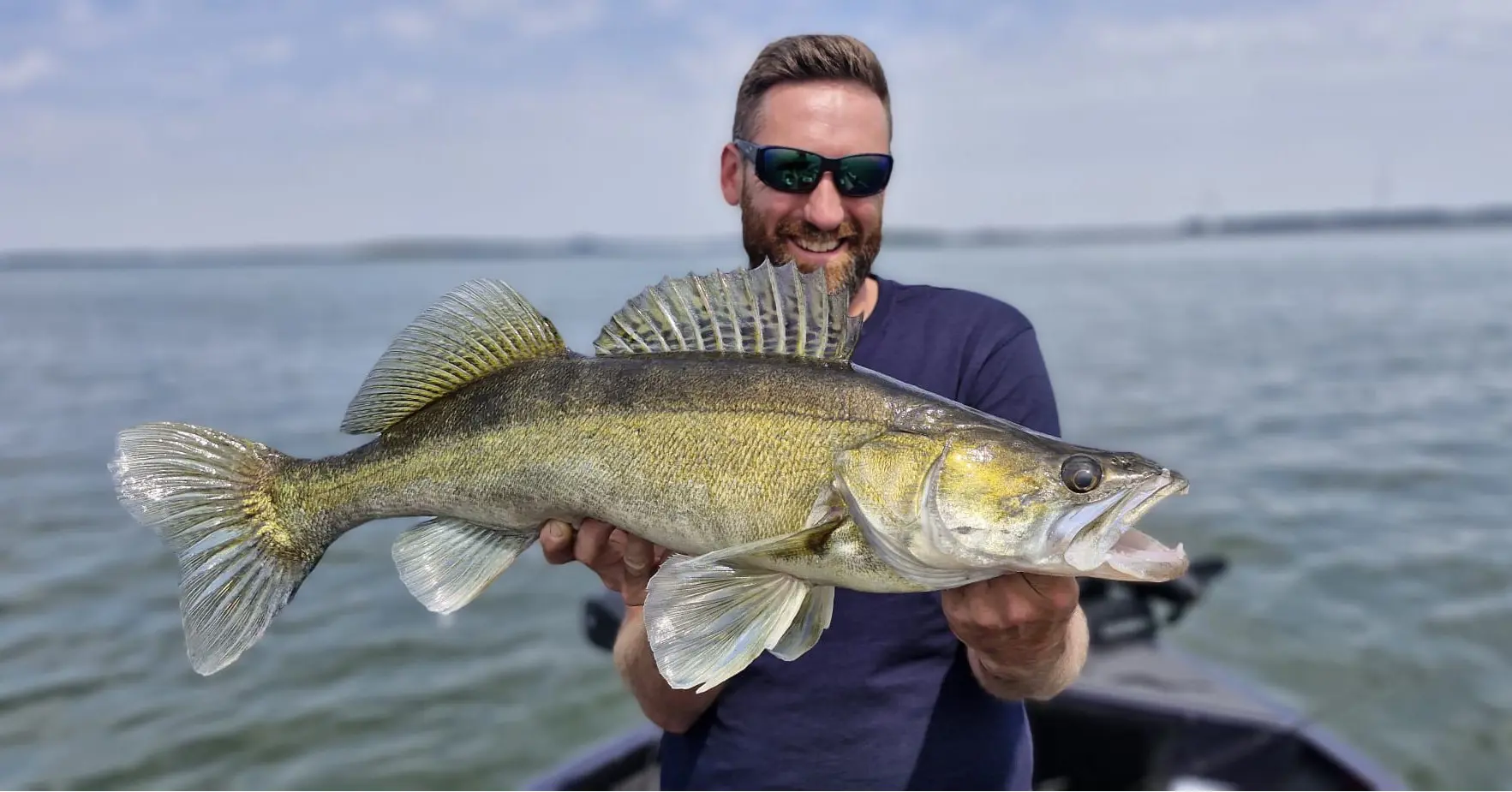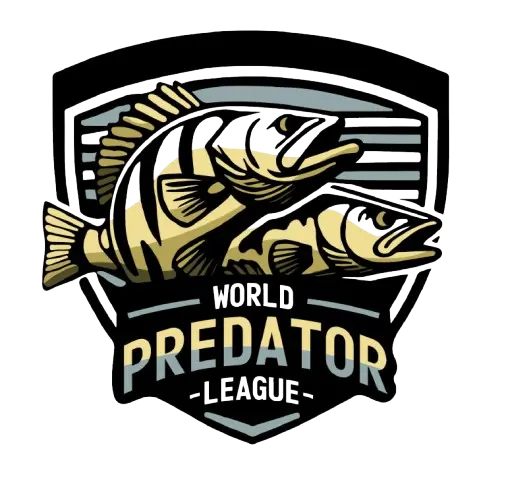Research on Large Perch in the Rhine Delta:
PERCHTRACK
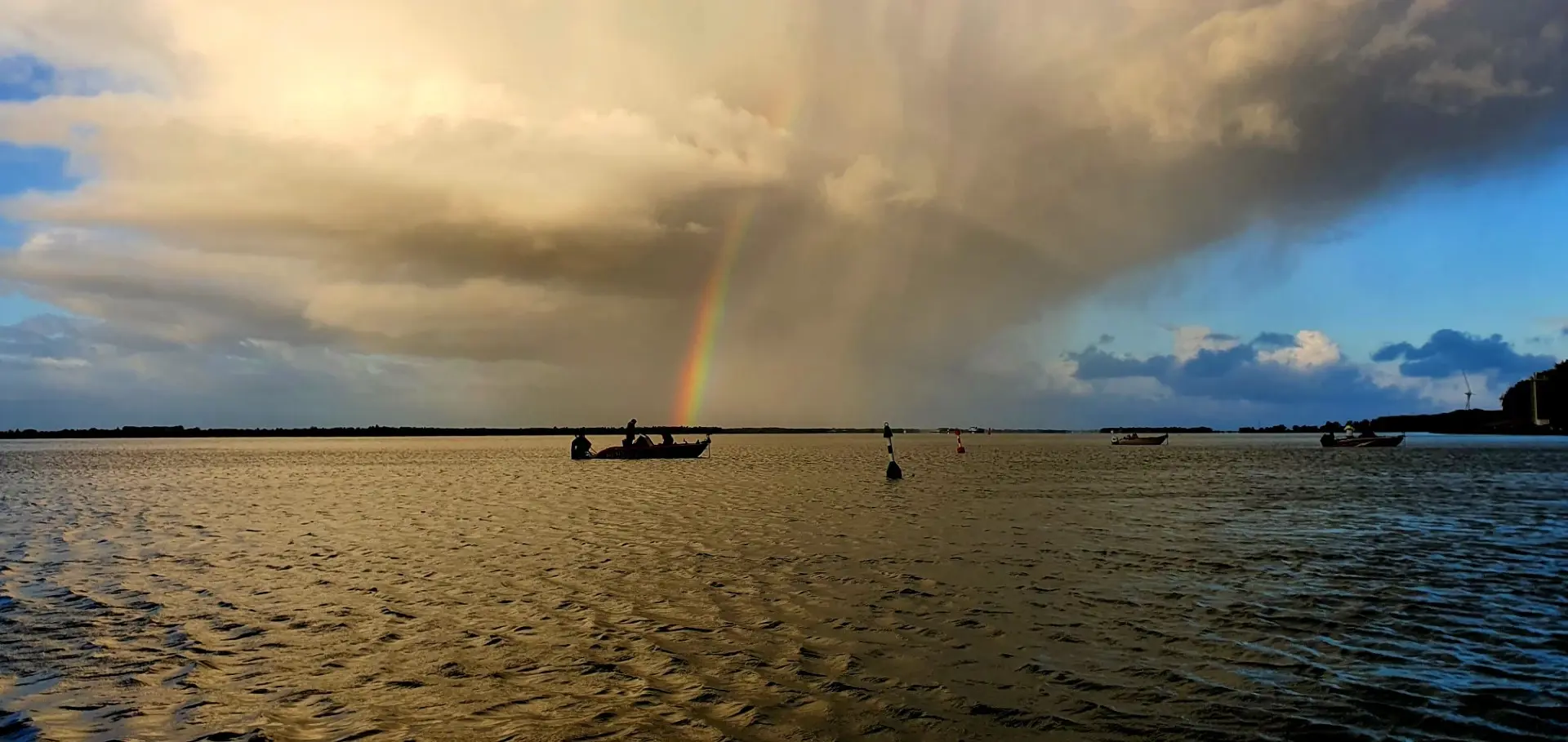
PerchTrack
02 Apr 2025
Research on Large Perch in the Rhine Delta: PERCHTRACK
Large perch are not only popular among sport fishermen but are also of great interest to fish researchers. Little is known about their swimming routes, spawning, and habitat areas. Through a two-year study on the largest specimens in the Haringvliet and Hollandsch Diep (PERCHTRACK), the project partners aim to gain more insights into these fascinating fish.

Why Are Large Perch So Interesting?
Large perch (Perca fluviatilis) from the lower delta of the Rhine and Maas, especially those over 40 centimeters, have been highly sought after by predatory fishers, both in the Netherlands and Germany, for many years. Moreover, large perch often indicate a healthy fish population. This is why knowledge about these exceptionally large fish is highly valuable.
The PERCHTRACK Research
PERCHTRACK is initiated and carried out by a Dutch-German collaboration between:
-
Sportvisserij Nederland
-
Sportvisserij Zuidwest Nederland
-
Wageningen University
-
VisAdvies
-
Leibniz Institute of Freshwater Ecology and Inland Fisheries
-
Humboldt University of Berlin
All parties involved are particularly interested in the behavior of perch and are passionate sport fishermen who regularly fish for large perch in the study area and other waters.
Three Main Objectives of the Project
-
Mapping the swimming routes of exceptionally large perch in the Rhine Delta and associated waterways.
-
Identifying spawning and habitat areas of these fish in the Rhine Delta.
-
Understanding how sport fishing can contribute to collecting knowledge about large perch through (recapture) catches and swimming and migration routes.

Research Methods
-
72 perch larger than 40 centimeters will have acoustic transmitters placed in their abdominal cavities.
-
Each fish will also receive an external tag on its dorsal fin with a unique code, visible to any (sport) fisher.
-
A total of 80 acoustic receivers will be placed across the Haringvliet and Hollandsch Diep.
When a tagged perch passes a receiver, it automatically records the time and details of the fish. The collected data will be regularly downloaded and analyzed. The project will begin in March 2025 and run for about two years.

Call to Sport Fishers: Report a Tagged Perch!
Sportvisserij Nederland calls on all sport fishers to help make PERCHTRACK a success. Every report is extremely valuable for the project. You can contribute in several ways:
-
Rarely fish for perch? Direct other predatory fishers to the research.
-
Caught a tagged perch? Report it via the project website: www.sharkray.eu, the central website for reporting special catches.
When reporting, we ask for information such as the length of the fish and the GPS location of the catch. You help the research by reporting perch and preferably releasing them alive.
-
Found a dead tagged perch? Measure its length, keep the internal transmitter, place the head of the perch in the freezer, and contact the research team so they can retrieve the materials.
Master’s Students Wanted
Are you or do you know a Dutch or German student with an interest in fish who would like to participate in this research for their master’s thesis? Feel free to contact one of the spokespersons below.
More Information
For more information or participation in PERCHTRACK, you can contact:
-
Dr. Niels Brevé (Dutch spokesperson): breve@sportvisserijnederland.nl
-
Prof. Dr. Robert Arlinghaus (German spokesperson): arlinghaus@igb-berlin.de



